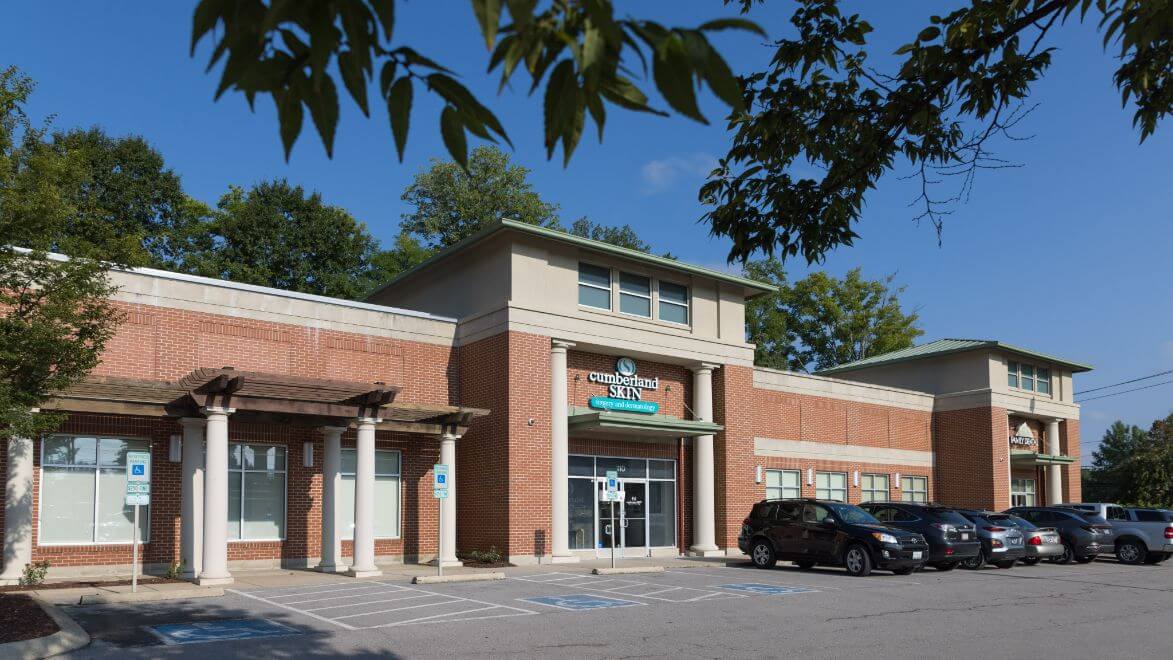Surgical Excision
Precision Removal for Lasting Skin Health with Surgical Excision
Surgical excision is a minor surgical procedure where a dermatologist carefully removes a skin lesion or growth, such as a mole, cyst, or skin cancer, using a scalpel. This procedure is designed to remove the growth in its entirety, often including a small margin of healthy skin tissue to ensure all abnormal cells are eliminated. Surgical excision is an outpatient procedure, typically performed with local anesthesia, and can effectively treat various skin conditions with minimal scarring and high success rates.
What is Surgical Excision?
Surgical excision is a medical procedure involving the removal of tissue through a surgical incision, commonly used to extract abnormal growths or tumors. The excised tissue is often sent for further examination, such as biopsy, to determine its nature. In dermatology, this method is frequently employed for removing skin lesions like moles, cysts, and skin cancers.
The procedure, conducted under local anesthesia, entails a precise incision around the lesion to ensure complete removal with a margin of healthy tissue. Following excision, the incision is closed with stitches, and the extracted tissue is sent to a laboratory for analysis.
The procedure, conducted under local anesthesia, entails a precise incision around the lesion to ensure complete removal with a margin of healthy tissue. Following excision, the incision is closed with stitches, and the extracted tissue is sent to a laboratory for analysis.
What are the Benefits of Surgical Excision
Surgical excision is a precise and effective method for removing abnormal tissues, commonly utilized in dermatology for skin lesions. This procedure, often performed under local anesthesia, ensures accurate diagnosis through a biopsy of the excised tissue. With a customized approach considering lesion characteristics, it proves particularly effective in treating skin cancers.
Offering immediate results and low recurrence rates, surgical excision addresses concerns promptly. Surgeons prioritize aesthetic outcomes by minimizing scarring, making it a reliable approach for the removal of growths with both diagnostic and therapeutic benefits.
Offering immediate results and low recurrence rates, surgical excision addresses concerns promptly. Surgeons prioritize aesthetic outcomes by minimizing scarring, making it a reliable approach for the removal of growths with both diagnostic and therapeutic benefits.
How Cumberland Skin Can Help
At Cumberland Skin, our board-certified dermatologists and skilled medical team offer compassionate, patient-centered care for surgical excision procedures. With expertise in diagnosing and treating a range of skin conditions, including skin cancer, we use advanced surgical techniques to deliver precise results and personalized follow-up care. Our goal is to provide peace of mind and optimal outcomes for every patient.
What to Expect at Your Surgical Excision Appointment
At a surgical excision appointment, your dermatologist will conduct a thorough consultation to assess the lesion and discuss the procedure. You'll receive detailed explanations of the surgical excision steps, potential risks, and outcomes. After obtaining informed consent, local anesthesia will be administered for comfort.
The dermatologist will precisely remove the lesion, including a margin of healthy tissue, followed by closure with stitches. Postoperative care guidelines, including wound care and activity restrictions, will be provided, and follow-up appointments may be scheduled as needed. Throughout the appointment, the dermatologist prioritizes your comfort, information, and readiness for a successful surgical excision experience.
The dermatologist will precisely remove the lesion, including a margin of healthy tissue, followed by closure with stitches. Postoperative care guidelines, including wound care and activity restrictions, will be provided, and follow-up appointments may be scheduled as needed. Throughout the appointment, the dermatologist prioritizes your comfort, information, and readiness for a successful surgical excision experience.
How to Prepare for Surgical Excision
Prepare for your dermatology surgical excision by attending a pre-procedure consultation to discuss the reasons for the procedure and address any concerns. Provide a detailed medical history, including allergies and medications. Wear comfortable clothing, especially if the lesion is in an accessible area. Arrange for transportation if sedation affects your ability to drive.
Follow specific pre-procedure instructions from your dermatologist, which may include adjusting medications or skincare routines. Take the opportunity during the consultation to ask questions about the procedure and postoperative care.
Follow specific pre-procedure instructions from your dermatologist, which may include adjusting medications or skincare routines. Take the opportunity during the consultation to ask questions about the procedure and postoperative care.
Planning for Recovery after Surgical Excision
Plan for a smooth recovery post-dermatological surgical excision by strictly following post-procedure instructions. Adhere to prescribed wound care, take pain medications as directed, and observe activity restrictions. Protect the incision from sun exposure with recommended sunscreen. Monitor for signs of infection and attend all scheduled follow-up appointments for proper monitoring. Maintain a healthy lifestyle with adequate hydration, nutrition, and rest to support the recovery process.


